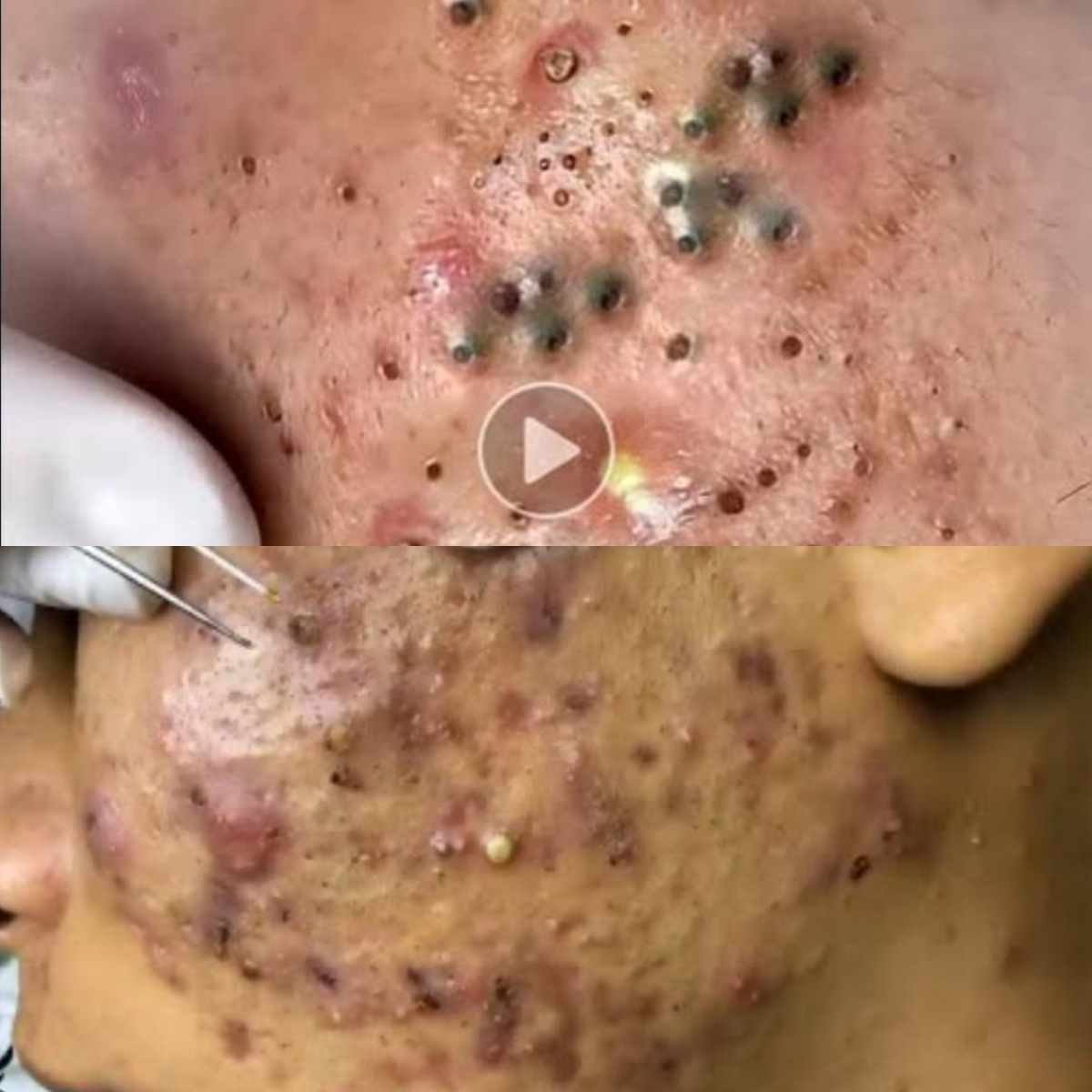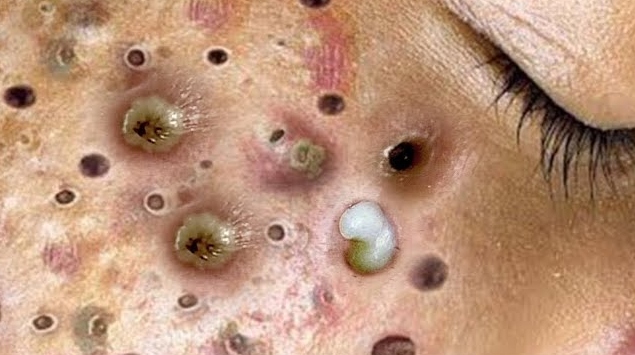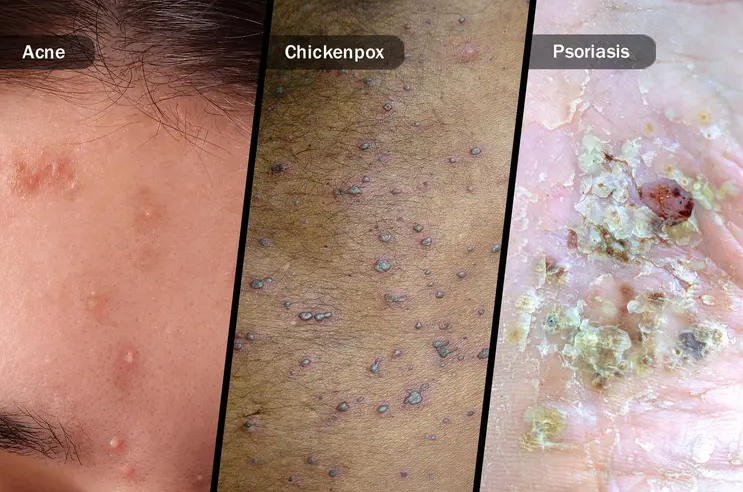🔍 What Is a “Hair-Raising Cyst”?
The term “hair-raising cyst” is not a medical diagnosis—but it likely refers to a pilar cyst (also called a trichilemmal cyst), a common, benign skin cyst that originates from the hair follicle. These cysts are strongly associated with hair-bearing skin, especially the scalp, and are sometimes described as “hair-related” or “hair-follicle cysts.”
✅ Key fact: Pilar cysts account for ~10% of all skin cysts and are the most common cyst type on the scalp—often appearing as smooth, firm, mobile lumps under the hair¹.
🧬 1. Origin & Pathophysiology
- Origin: Outer root sheath of the hair follicle, specifically the isthmus (segment between sebaceous duct and arrector pili muscle).
- Lining: Composed of trichilemmal epithelium—a special type of keratinizing epithelium that lacks a granular layer (unlike epidermoid cysts).
- Contents: Dense, cheesy or chalky keratin (high in cysteine, making it firmer than epidermoid cyst contents).
- Hereditary: In ~70% of cases, pilar cysts are autosomal dominant—often multiple and appearing in young adulthood².
📌 Unlike epidermoid cysts, pilar cysts do not have a central punctum (black dot).
📍 2. Where Do They Occur?
- Scalp: >90% of cases (often multiple)
- Face, neck, or trunk: Rare
- Not found on palms, soles, or mucous membranes (non-hair-bearing areas)
💇♀️ Because they’re hidden under hair, they’re often discovered incidentally or when they grow large enough to be felt.
🆚 3. Pilar Cyst vs. Epidermoid Cyst
⚠️ 4. Complications (Rare but Important)
- Rupture: Can cause pain and inflammation (less common than with epidermoid cysts).
- Infection: Uncommon, but possible if traumatized (e.g., during hair brushing or styling).
- Proliferating Pilar Tumor:
- A benign but locally aggressive growth arising from a pilar cyst.
- Presents as a rapidly enlarging, firm scalp mass.
- Requires wide excision and histopathologic confirmation³.
- Malignant Transformation: Exceptionally rare (<0.1%), but documented as malignant proliferating pilar tumor⁴.
✂️ 5. Treatment Options
A. Observation
- Asymptomatic, small cysts can be monitored—no treatment needed.
B. Surgical Excision (Definitive Treatment)
- Indications: Pain, growth, cosmetic concern, or suspicion of atypical change.
- Technique:
- Local anesthesia
- Elliptical or linear incision
- Complete removal of the thick-walled sac (low recurrence rate: <2%)
- Healing: Excellent on scalp due to rich blood supply.
- Pathology: Recommended for all excised cysts to confirm diagnosis.
📌 Do not attempt drainage—pilar cysts have thick walls and will recur if the sac remains.
C. Laser or Minimally Invasive Techniques
- Not commonly used for scalp pilar cysts due to hair interference and depth.
- Standard excision remains gold standard.
🧴 6. Aftercare (Post-Excision)
- Keep dry for 24–48 hours
- Gentle shampooing allowed after day 2
- Sutures removed in 7–10 days (scalp heals quickly)
- Avoid hair dye or chemical treatments near site for 2 weeks
📚 References (Peer-Reviewed)
- Bolognia, J. L., Schaffer, J. V., & Cerroni, L. (2020). Dermatology (4th ed.). Elsevier. pp. 1623–1625.
- Norris, D. A., & Watt, F. M. (1993). Trichilemmal cysts: A model for the study of epithelial differentiation. Journal of Investigative Dermatology, 101(5), 775–779.
- Tschen, J. A., & Helm, K. F. (1995). Proliferating trichilemmal tumor: A clinicopathologic study of 13 cases. Journal of the American Academy of Dermatology, 32(4), 583–589.
- Fernandez-Flores, A., & Cassarino, D. S. (2017). Malignant proliferating pilar tumor: A comprehensive review. American Journal of Dermatopathology, 39(10), 731–736.
- James, W. D., Berger, T. G., & Elston, D. M. (2023). Andrews’ Diseases of the Skin (13th ed.). Elsevier.
💬 In Summary:
A “hair-raising cyst” is almost certainly a pilar (trichilemmal) cyst—a benign, hereditary, hair follicle–derived cyst most often found on the scalp. It’s typically asymptomatic, rarely inflamed, and easily cured by complete surgical removal.
If you notice one or more firm, smooth lumps on your scalp, especially if family members have them too, consult a dermatologist for evaluation. Most require no treatment—but excision is simple and curative when needed.



